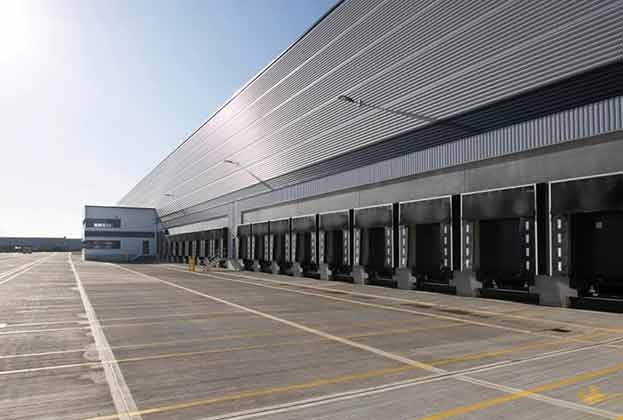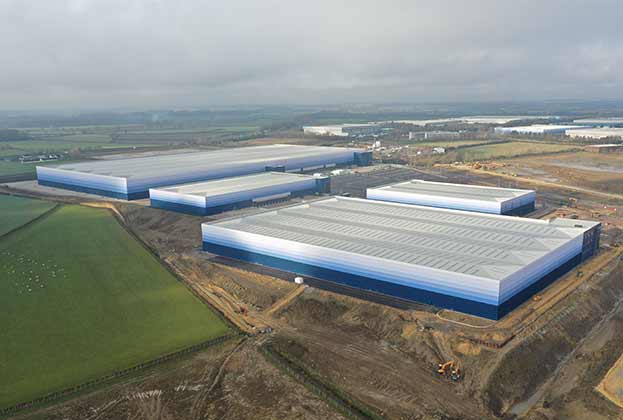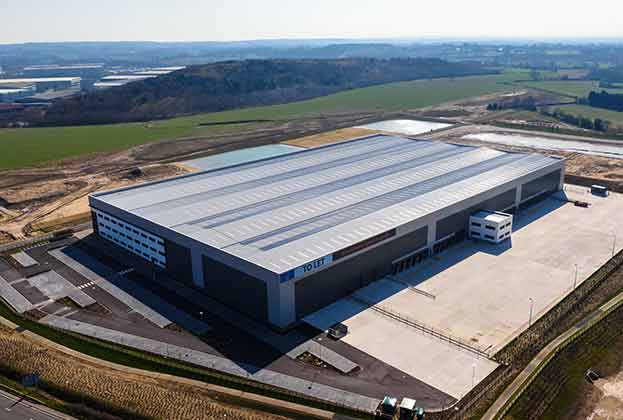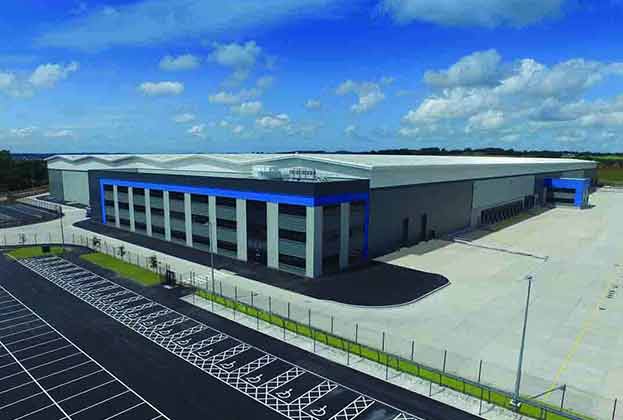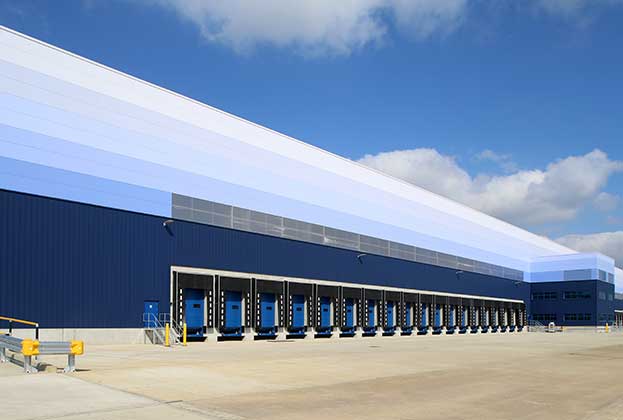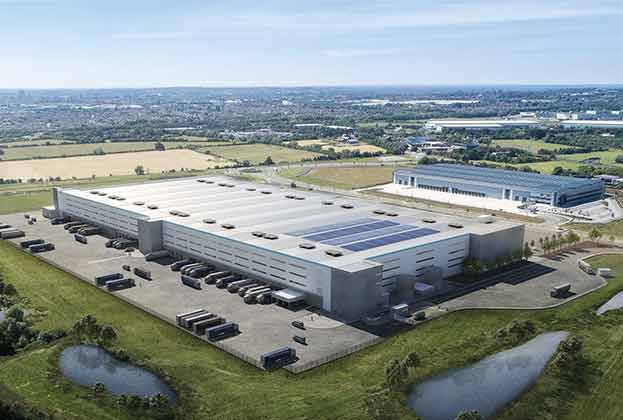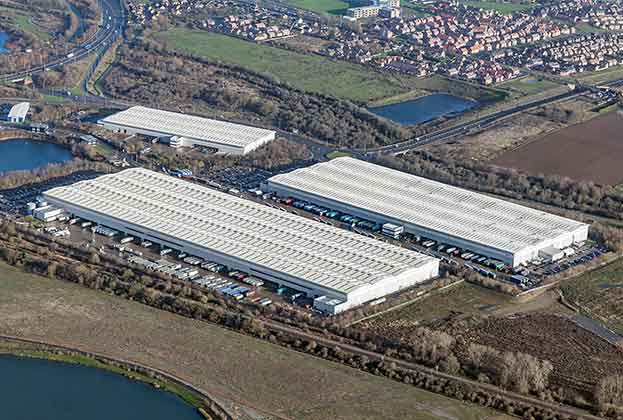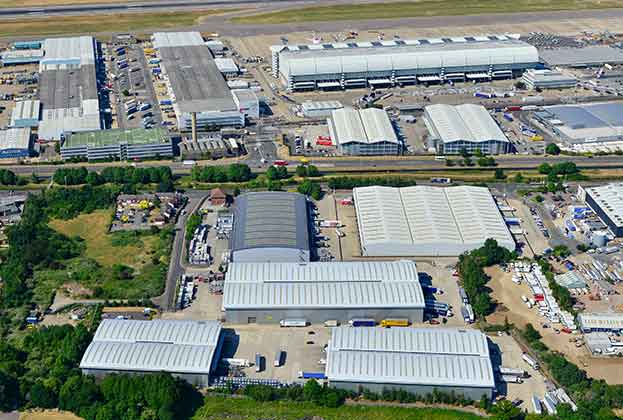Where next after the record-breaking 2020?
Given the fact 2020 has seen all previous records broken when it comes to take-up, it would be reasonable to assume that 2021 will not achieve similar levels. However, in Q4 2020, Savills recorded 112m sq ft of requirements across the entire market, the highest level we have ever recorded. This would suggest that demand remains strong and that requirements have shifted from short-term crisis management to longer-term strategies.
We expect that 2021 will see much more considered thinking from occupiers who need to adapt their supply chain and distribution models to the post-Covid world. This will entail greater thinking about future levels of online retail and the required inventory levels, but also the changing geographies in terms of customer delivery.
It is also likely we will see more evidence of intentions emerge from the manufacturing and automotive sectors. While not expecting a sharp rebound in warehouse demand initially, there is every likelihood that discussions around nearshoring move away from media construct to actual requirements for new space. Indeed, recent research from Savills suggests that for every £1bn of investment by UK manufacturers triggers a ripple effect for 175,000 sq ft of additional warehouse space needed in the supply chain.
Build cost and programme
The latest indicators from the Savills ProgrammE and Cost Sentiment Survey (S.P.E.C.S) demonstrate that build costs and programme delivery timescales are expected to rise in 2021.
Following a brief period after the first lockdown, warehouse construction has rebounded sharply, both for build-to-suits and speculative units. This means that contractors are getting busier and, as a result, becoming more selective in what they tender for whilst also passing on any cost rises to the end consumer. Indeed, December saw the news that British Steel planned to increase prices by £80 per tonne, amounting to an increase of 20% attributed, in the most part, to rising costs for raw materials.
The structural challenges related to process change to accommodate Covid-19, the availability of labour, Brexit and general capacity in the construction system will all conspire in 2021 to increase build costs, but also add time to current programme durations. In turn, this has the potential to impact how quickly speculative units can be delivered into an already supply starved market.
Read the articles within Big Shed Briefing below.
.jpg)
